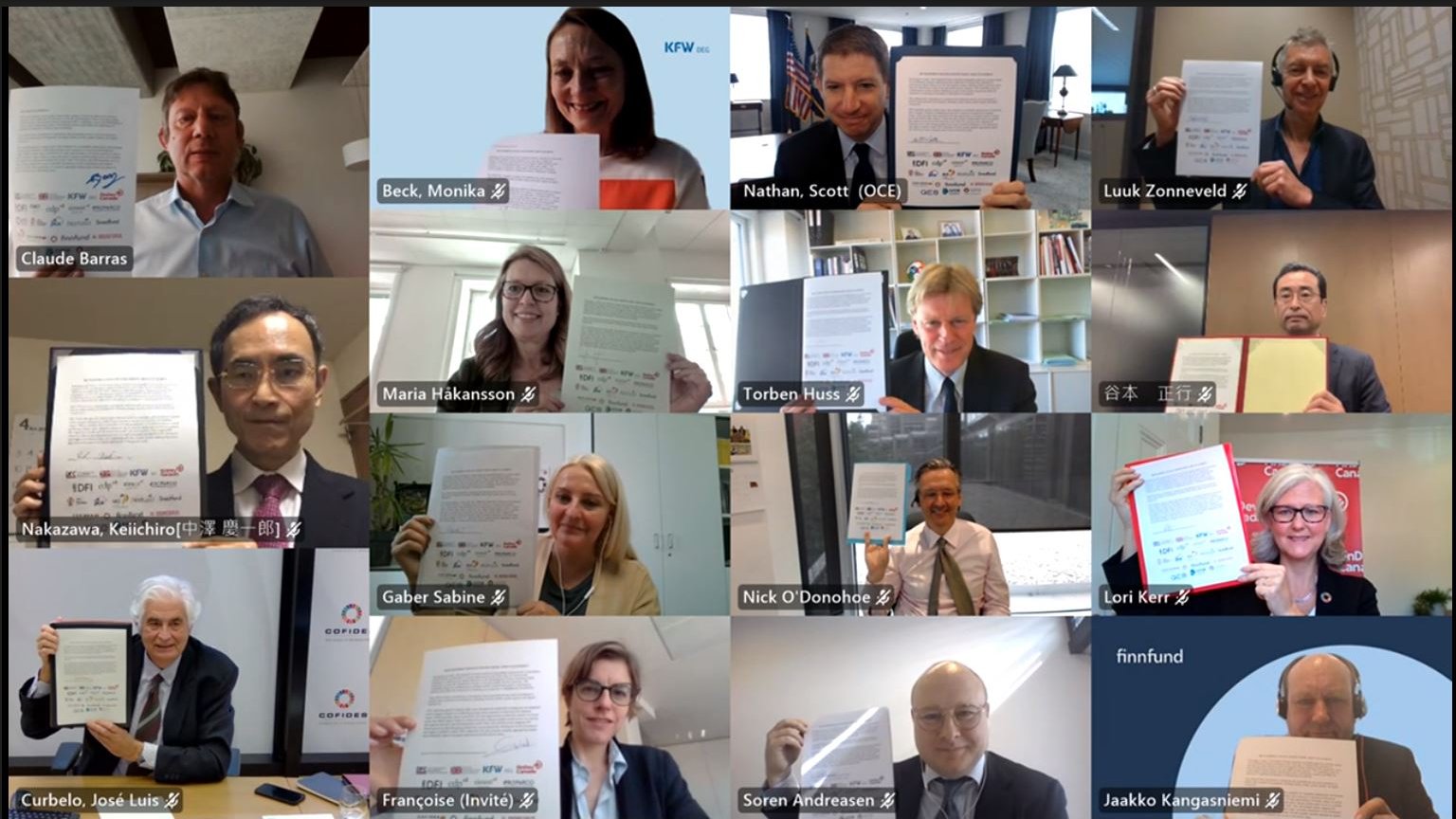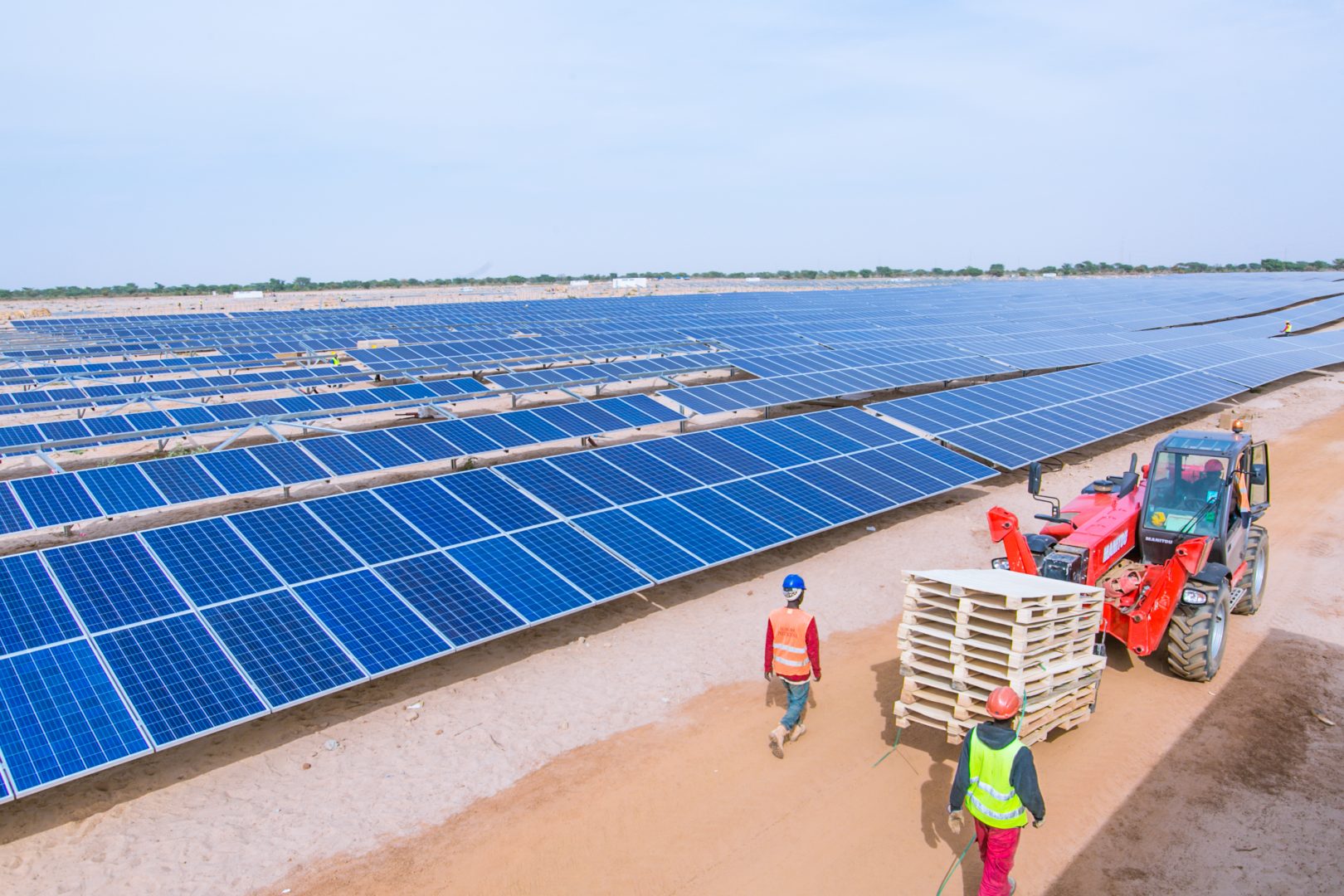The debate about mobilization is getting more sophisticated. Neil Gregory recently published a comprehensive survey of the tools DFI have developed. BII has published our analysis of various mobilization pathways, some of which are not recognised in official mobilization statistics.
One of those pathways could be leveraging our balance sheet by borrowing to finance investment. Development banks do this, BII does not. Some observers think we should (for example, Sam Attridge of ODI).
The appeal of leverage is that it makes the money that governments put into DFIs “go further” – £1 of new capital put into a development bank could be leveraged up into £5 of new lending, for example. This is true and important. But it does miss something.
Leverage changes the nature of investments a DFI can make. The greater the leverage, the more investments would shift towards lower risk debt. That is because if a DFI must repay loans, it needs predictable cashflows. The debate about MDB balance sheet optimisation is often centred on what is possible whilst maintaining a desired credit rating, but even without formal ratings the price a DFI pays to borrow will be a function of how confident lenders are of repayment.[1] Internal risk management will not permit a DFI to hold too many illiquid and volatile equity investments when a reduction in their value would leave it insolvent.
About 70% percent of BII’s portfolio is equity (direct and intermediated), which is unusually high for a DFI. Equity is a risk-bearing instrument. It does not create financial obligations on businesses in the same way as debt, where a firm can fall into bankruptcy if unable to service its debts. Because equity absorbs risk and makes lenders more confident of repayment, businesses need equity to borrow against. This is easiest to see in project finance, where the more equity there is in the capital structure the higher the “coverage ratio” (how many times loan repayments are covered by projected cashflows). The project will be unable to find lenders if the coverage ratio is too low. The same principle holds when financing business growth more generally – the more debt, the less margin for error.
Sometimes a business will raise fresh equity and debt at the same time to finance its growth. But early-stage companies are often initially equity financed, and, if things go to plan, they will later use debt to get to scale. There are some nuances here – credit markets can be thin in parts of Africa and Asia, so firms may not be able to leverage their equity so easily, and the cost and tenor of commerical loans can compare unfavourably with those a DFI could supply (which tells us that DFI may want the ability to offer both products).
But the main takeaway is that leverage can happen inside or outside a DFI. At one extreme, governments could put capital into a DFI where it is maximally leveraged into loans (and someone else must provide the equity that firms need); at the other extreme a government can put capital into an unleveraged DFI that makes equity investments, which are then leveraged if the investee borrows from someone else. This is a spectrum on which a DFI could be positioned anywhere between those two poles – a modest amount of balance sheet leverage can be compatible with a composition of investment weighted towards riskier equity. Different positions on the spectrum can be achieved by segmenting a balance sheet – the Dutch DFI, FMO, has an `A’ portfolio financed by bonds and government equity, and also manages off-balance funds provided by public partners. The off-balance sheet programmes can support higher risk and blended finance transactions.
Because leverage can occur at the firm level, donor funds are not necessarily being used more efficiently when leveraged more highly by DFIs. This fact is sometimes neglected in debate about balance sheet optimisation, perhaps because it’s not true of public sector lending (MDBs cannot invest equity in governments). The point of development finance – of governments putting money into DFIs, of it being leveraged, and of mobilizing private investors – is to increase the quantity of real investment in economies. When a DFI expands by moving from having an unleveraged to a leveraged balance sheet and the composition of investments shifts away from equity towards debt, that is by no means guaranteed.
There is much more to say about the relative merits of debt and equity. Some of the most exciting investments BII has made, such as our platforms and partnerships Globeleq, Ayana, MedAccess, Gridworks, the Global Partnership for Ethiopia, our African ports platform with DP World and African Forestry Impact Platform, and most recently Growth Investment Partners in Ghana, were only possible because of our ability to invest equity. Debt, however, is sometimes what’s needed to for businesses to have impact at scale. But that’s for another blog.
[1] A bilateral DFI can informally inherit the credit rating of its parent government, or benefit from a formal statement of support. For example, Proparco is finance by bonds issued by its parent AFD, which is regarded by lenders as implicitly backed by the French government. The risk management inside the DFI then becomes about satisfying its parent that it won’t need a bailout.












